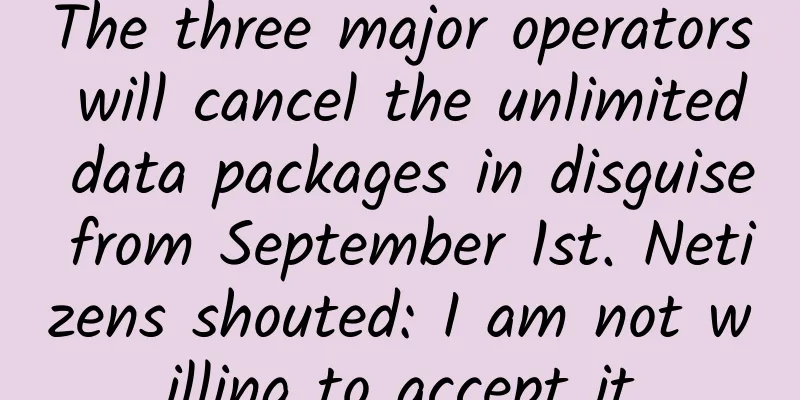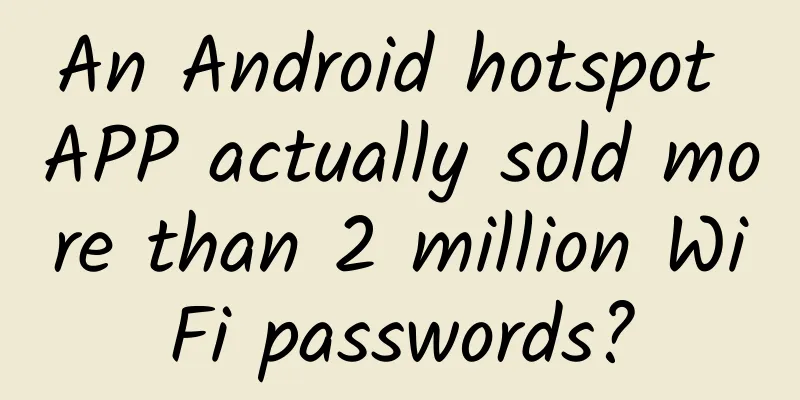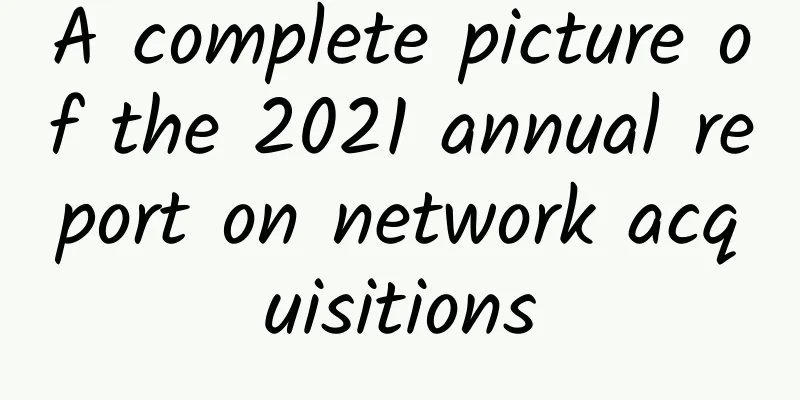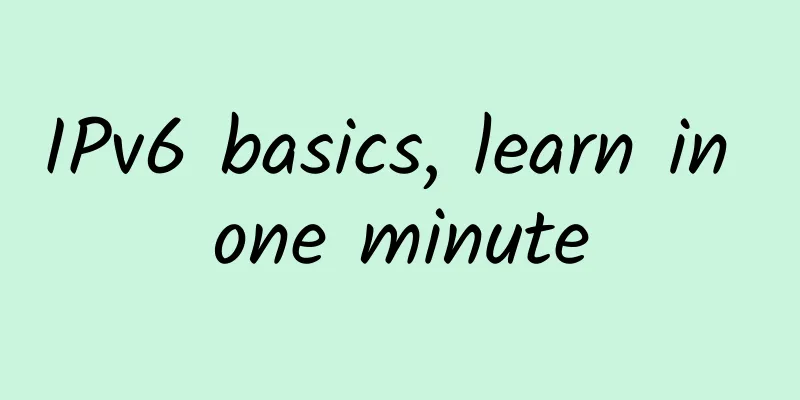Can you tell me about Zookeeper's ZAB protocol? Sorry, I have a stomachache!

|
This article is reproduced from the WeChat public account "Third Prince Ao Bing". Please contact the Third Prince Ao Bing public account for reprinting this article. Preface Zab (Zookeeper Atomic Broadcast) is a crash recovery atomic broadcast protocol designed for ZooKeeper. It ensures the consistency of Zookeeper cluster data and the global order of commands.
Concept Introduction Before introducing the zab protocol, you must first know several concepts related to zookeeper in order to better understand the zab protocol.
It can be seen that Zookeeper distinguishes its own role through its own status and performs its own tasks.
Zxid is an extremely important concept. It is a long (64-bit) integer divided into two parts: the epoch part and the counter part. It is a globally ordered number. Epoch represents the leader of the current cluster. The election of a leader is similar to the change of dynasties. The sword of the previous dynasty cannot kill the officials of the current dynasty. Epoch represents the validity of the current command, and counter is an increasing number. election Now that we have introduced the basic concepts, let’s start by explaining how the Zab protocol supports leader election. There are three questions about the leader election: when will it be held? What are the election rules? What is the selection process? I will answer these three questions one by one below: 1. When the election occurs There are two times when the leader election occurs. One is when the service is started. When there is no leader node in the entire cluster, it will enter the election state. If the leader already exists, the node will be told the leader's information and connect to the leader itself, and the entire cluster does not need to enter the election state. Another thing is that various situations may occur during service operation. When the service crashes, power outages, or network latency is very high, the leader can no longer provide services to the outside world. So when other points detect that the leader is lost through heartbeats, the cluster will enter the election state. 2. Election rules Entering the voting process, how can you elect a leader? Or what rules should be followed to make other nodes elect you as the leader? 3. The zab protocol screens votes according to several comparison rules. If your vote is better than mine, it will modify its own voting information and vote for you as the leader. The following code is the zookeeper voting comparison rule:
When the epoch of other nodes is higher than its own, it will be voted. If the epochs are the same, compare the sizes of their own zxids and elect the node with the larger zxid. Here, zxid represents the largest id of the transaction submitted by the node. The larger the zxid, the more complete the data of the node. Finally, if epoch and zxid are equal, the serverId of the service is compared. This ID is configured by the zookeeper cluster, so when we configure the zookeeper cluster, we can configure the serverId of the cluster with higher service performance to be larger, so that the machine with good performance can play the leader role. Election Process Now that we have the timing and rules, here is the leader election process:
Example The above picture comes from "ZooKeeper: Detailed Explanation of Distributed Process Collaboration Technology". The overall process is relatively simple, so I will not analyze it in detail here. broadcast After the leader election, the cluster will have two more steps: connecting to the leader and synchronizing. We will not analyze the processes of these two steps in detail here, but will mainly introduce how the cluster ensures the consistency of data on each node when providing external services. Zab ensures the following characteristics in the broadcast state
Order is a very important property that the Zab protocol must guarantee, because Zookeeper stores data in a data structure similar to a directory structure, and naming order must be required. For example, if a is named as /test and then b is named as /test/123, if the order cannot be guaranteed and b is named before a, the b command will fail to create because the parent node does not exist. As shown in the figure above, the entire write request is similar to a two-phase commit. When a write request is received from a client, the following steps are performed:
From the above process, we can see that Zookeeper ensures the consistency of data in the cluster through two-phase commit. Because transactions can be committed only after receiving more than half of the ACKs, the data in Zookeeper is not strongly consistent. The orderliness of the zab protocol is ensured in several aspects. First, the TCP protocol is used for communication between services to ensure orderliness in network transmission. Second, a FIFO queue is maintained between nodes to ensure global orderliness. Third, causal orderliness is ensured through the globally incremented zxid. State Transition As mentioned above, there are four types of Zookeeper service states and four types of ZAB states. Here we will briefly introduce the state transitions between them, which can help you better understand the role of the ZAB protocol in the Zookeeper workflow.
It can be seen that the workflow of the entire Zookeeper service is similar to the transition of a state machine, and the Zab protocol is the key to driving the flow of service states. If you understand Zab, you will understand the key principles of Zookeeper's work. Summarize This article briefly introduces the zab protocol in the workflow of zookeeper, hoping to help everyone understand and learn zookeeper. I’m Ao Bing, a tool who makes a living on the Internet. |
<<: 5G and IoT: Compatible with each other
>>: 5G and IoT: The mobile broadband future of IoT
Recommend
Deepin Technologies was invited to attend the symposium held by Guangxi Zhuang Autonomous Region Information Center
On December 4, Wang Zhen, Vice President of R&...
Six ways 5G can save the global supply chain
5G enables real-time data at the point of origin,...
Eight networking trends your business should know about
[[386593]] The coronavirus outbreak broke out in ...
In just 3 months, the cumulative financing exceeded 600 million yuan. Ruishu Information announced the completion of the C3 round of financing of 100 million yuan
After completing the C2 round of financing in Sep...
UAE operator e partners with Nokia Bell Labs to explore industrial AI applications
UAE-based telecom service provider e&T and No...
The first interpretation in China: the potential game-changer behind IIoT
If the Industrial Internet is to be implemented, ...
5G network needs to save money by relying on these four key technologies
[[385335]] This article is reprinted from the WeC...
Application of SRv6 Technology in Home Network
Labs Guide In order to adapt to the development o...
Free and easy to use! This data recovery software found my video from two years ago
[[400280]] It is raining in Hangzhou today, and S...
Why don't we use HTTP directly for calls between services but use RPC?
[[313073]] What is RPC? RPC (Remote Procedure Cal...
How to choose a text message service provider? Borei Data's real phone monitoring helps companies detect text message "stealing"
[51CTO.com original article] Speaking of text mes...
Ofcom plans to free up more 5 GHz spectrum for WiFi deployment
According to foreign media reports, the UK teleco...
Did you know? Did you know? Telecom networks should focus on multi-layer orchestration
A few years ago, the word “orchestration” was har...
CommScope has been leading manufacturing innovation for 20 years and will continue to be online in the future
In early December 2017, CommScope held a 20th ann...
Report: Global Satellite IoT Market Users to Reach 26.7 Million in 2028
According to a recent research report released by...



![[6.18] Hengchuang Technology Flash Sale: Hong Kong cloud server starts from 262 yuan/year, Hong Kong/US independent server starts from 800 yuan/month](/upload/images/67cac336252f9.webp)


![[11.11] LOCVPS top up 100 yuan and get 10 yuan, all hosts are 60% off, Hong Kong VPS monthly payment starts from 22 yuan](/upload/images/67cabd32b921f.webp)


